Emergency architecture and shelter design are probably not so fancy as other creative fields, but it does require good old design-thinking and problem-solving. The many crises of the past has taught us the mindset of preparedness. We have selected several projects you won’t mind to have in store to be ready in case of a calamity.
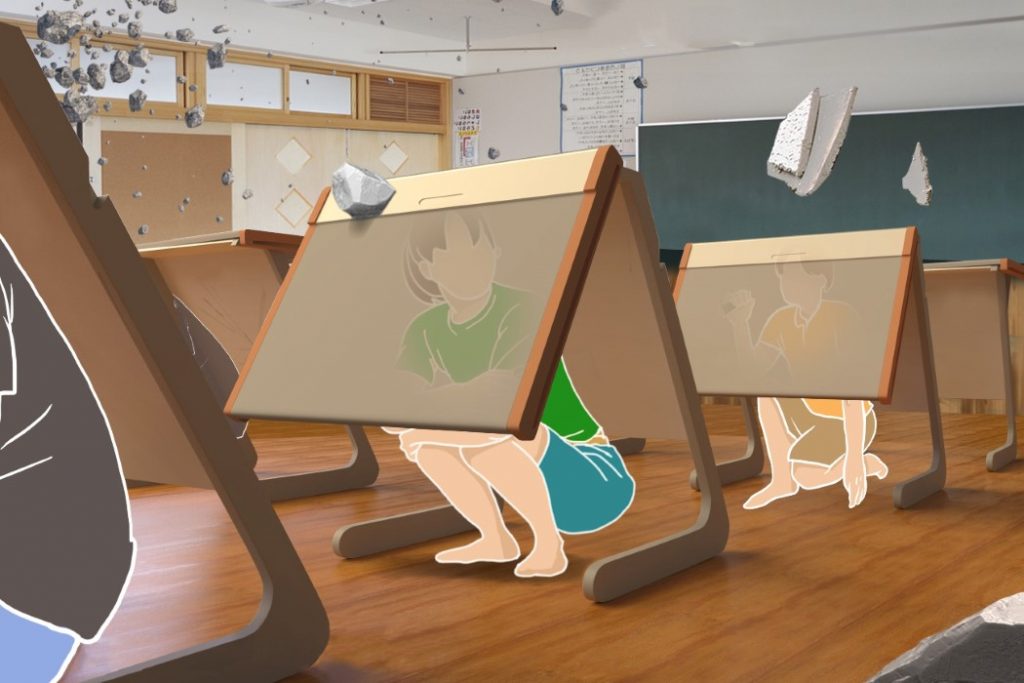
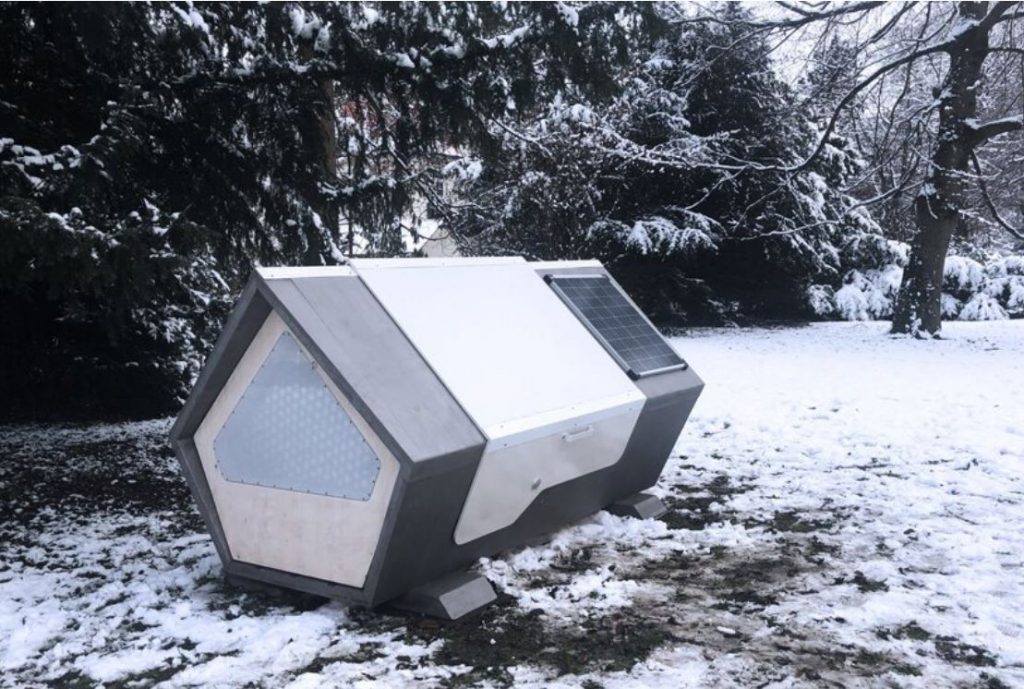
Ulmer Nest
Developed by Patrick Kaczmarek, Florian Geiselhart, Falko Pross, Manuel Schall, Dirk Bayer, and Kathrin Uhlig, Ulmer Nest is an architecture project that aims to protect homeless people from cold winter weather. It comprises a one-person sleeping pod made using solid timber for the body and powder-coated metal for the parts that requite intensive cleaning. The team has opted for wood as the main building material due to its durability and insulation properties as well as its low cost and sustainability value. In order to protect the pod from the elements, once it is assembled, it is treated with a weatherproof coating.
The shelter is also protected against and includes a secure locking system. It features a heat exchanger to supply fresh air, GPS sensors, smoke alarms, and a motion detection system.
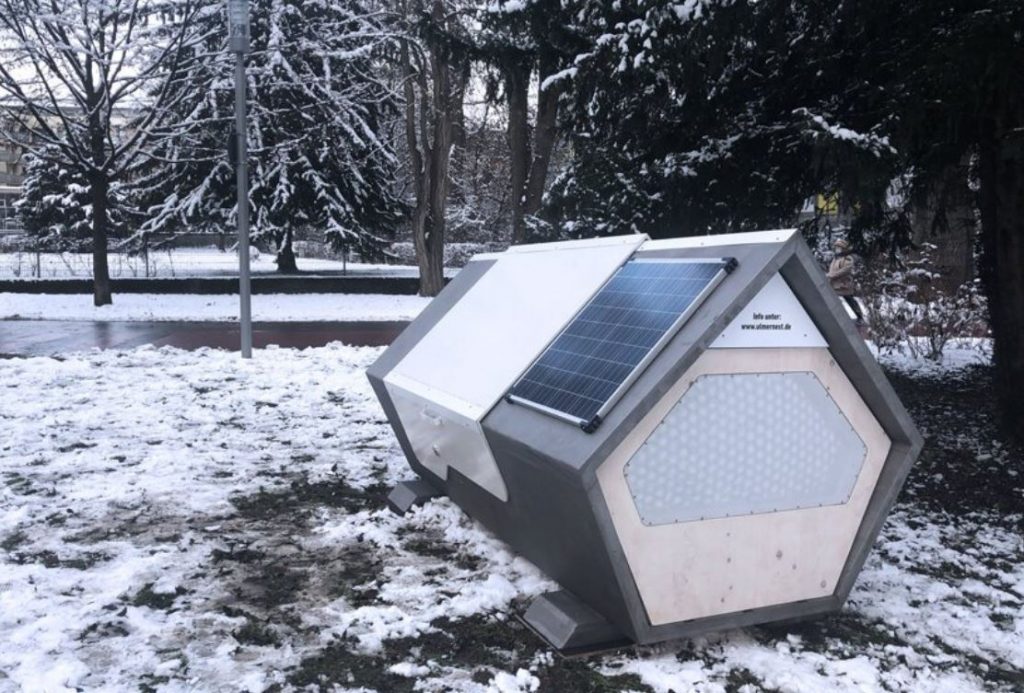
Ulmer Nest
According to the team, Ulmer Nest is conceived as a “last resort” for those who cannot stay in dedicated homeless shelters due to a variety of reasons they discovered during their research – those ranging from the homeless not wishing to be separated from their dog to the fear of crime and violence.
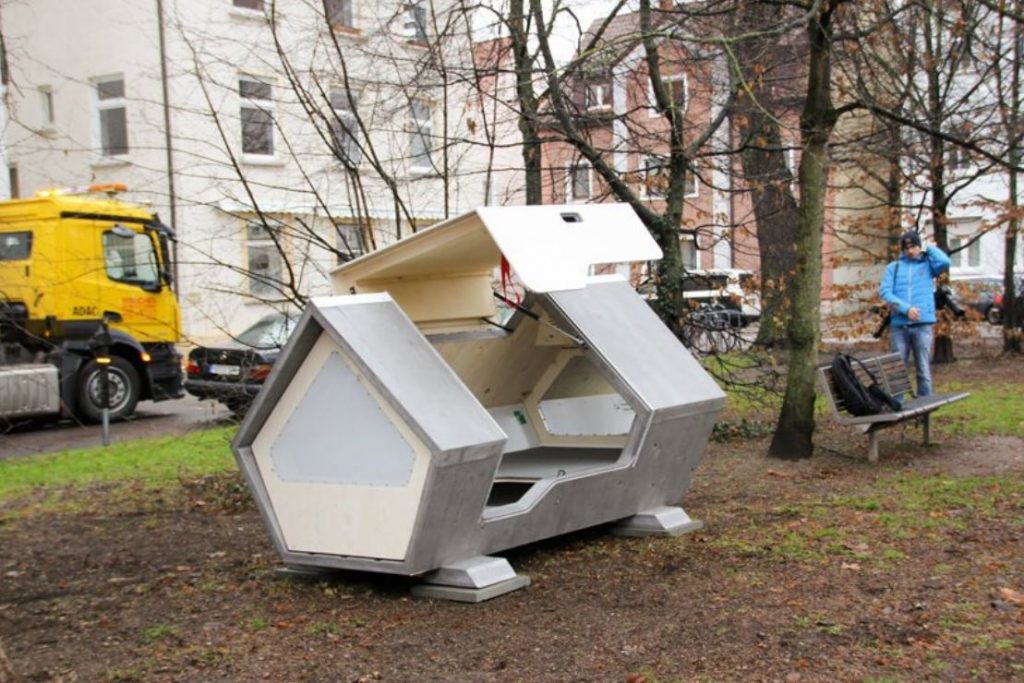
Ulmer Nest
Two prototypes have already been installed in the German city of Ulm, from which the project got its name, and the team hopes it will soon be rolled out to provide the homeless with a place to spend a freezing night across the country.
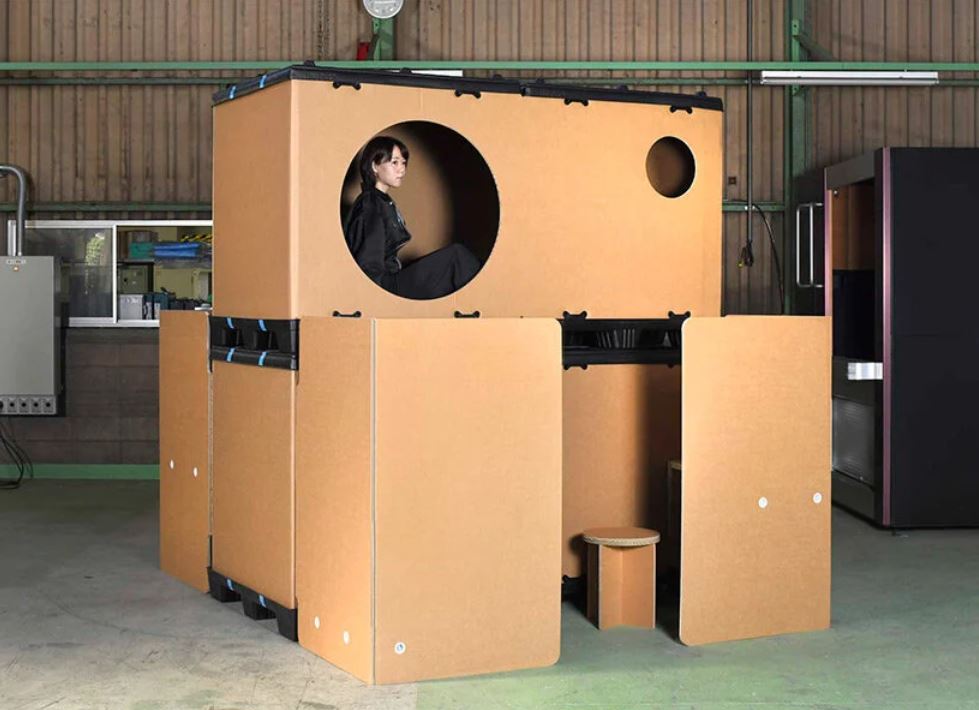
Sleeping pod by Atelier OPA
The sleeping pod developed by Tokyo-based atelier OPA aims to provide refuge to people struck by earthquakes and other disasters. It comprises a lightweight, yet sturdy double-decker structure prefabricated out of cardboard.
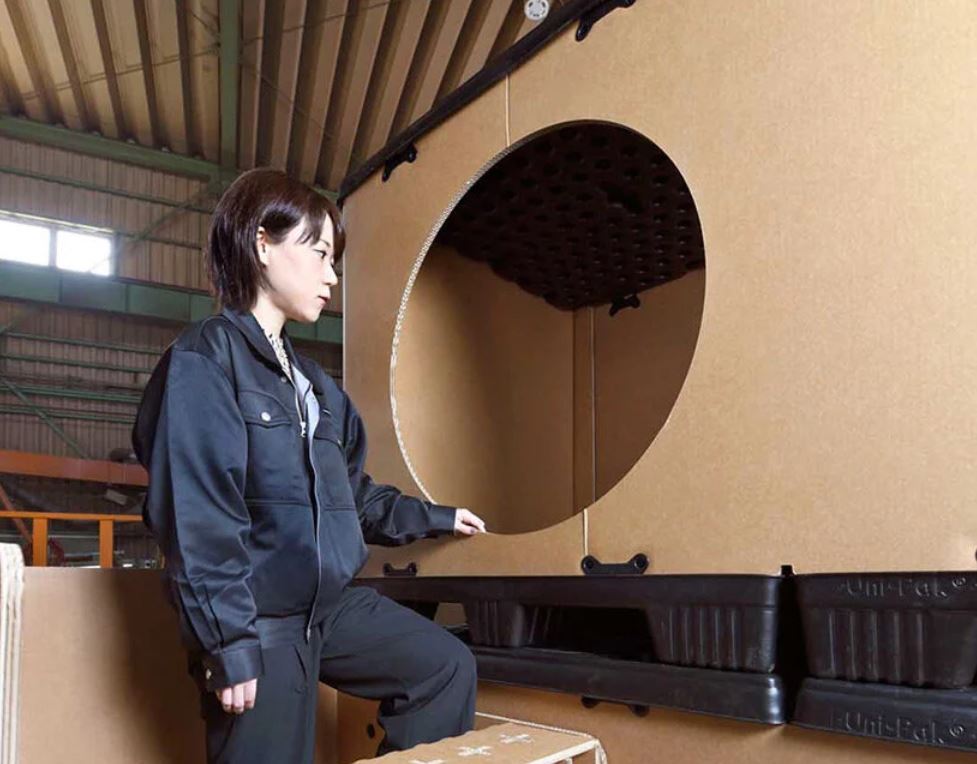
Sleeping pod by Atelier OPA
The team has remodeled two large “Uni-Pak” boxes to form a single room that provides enough space to accommodate a living space of 3.5 sqm with a desk and a chair on the lower level and a sleeping area above. The two are stacked one on top of the other and connected through a small cardboard staircase.
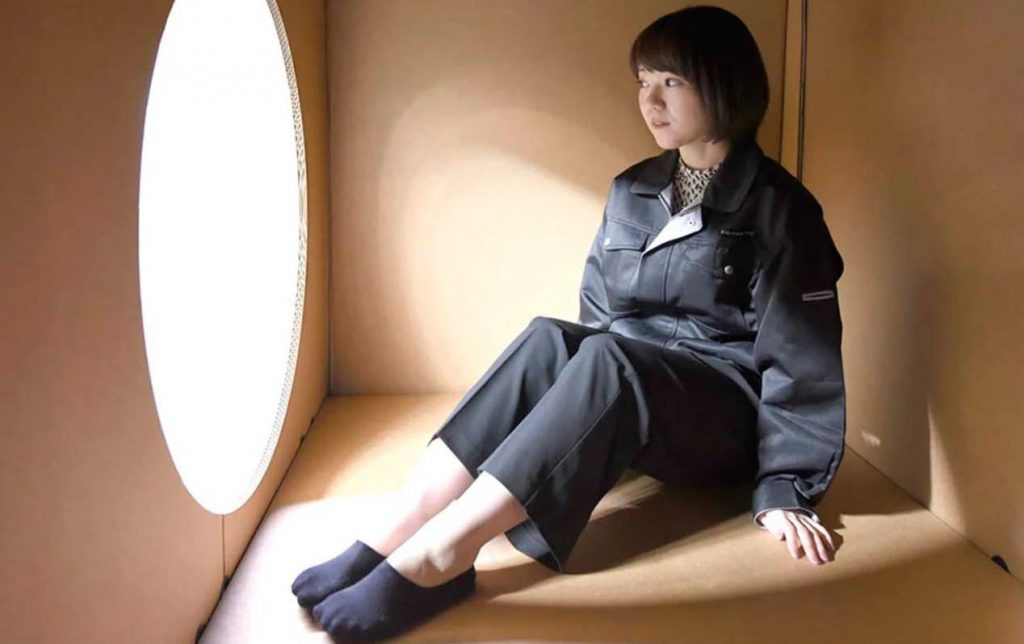
Sleeping pod by Atelier OPA
The walls of the compact construction are made with reinforced cardboard, while the floor is produced using high-density polyethylene. The elements can be easily assembled on-site in a few minutes using slide locks, without any need for tape or nails. The structure has a large round hole for the entrance and a smaller circular window to provide daylight and natural ventilation.

Sleeping pod by Atelier OPA
When not in use, the pod can be folded and stacked on the floor, becoming about 1/4 of its original size before finally being discarded and recycled. This allows to store the structures and assemble them in public gyms in case of future emergencies.
The studio has introduced the cardboard capsule prototype to several governments, which have responded positively.
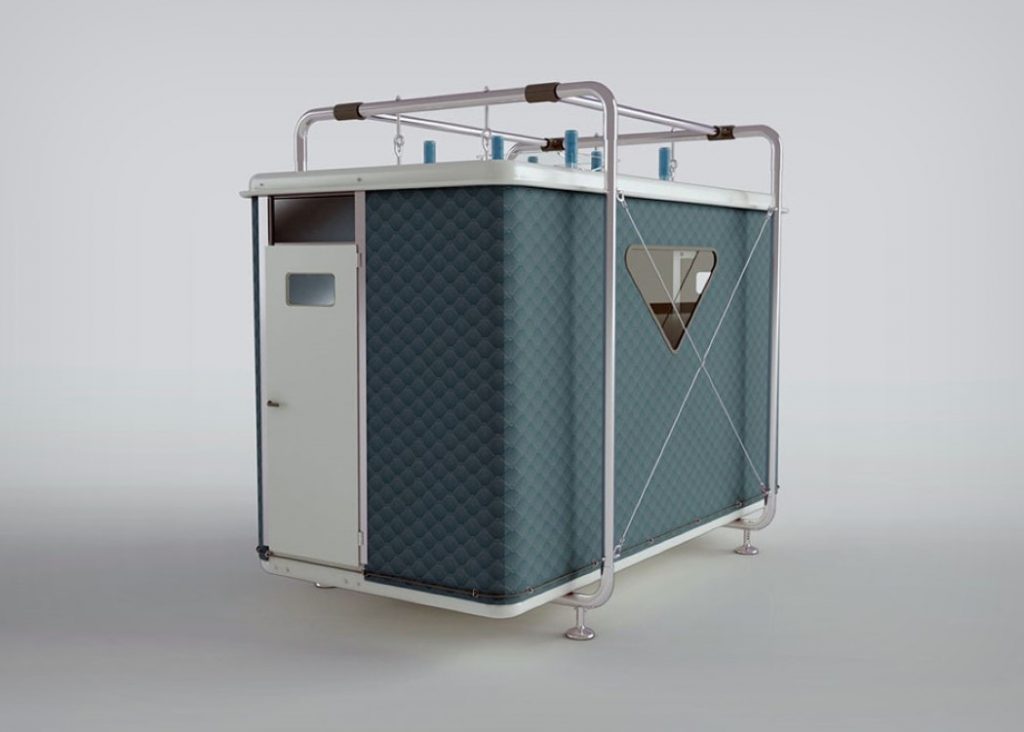
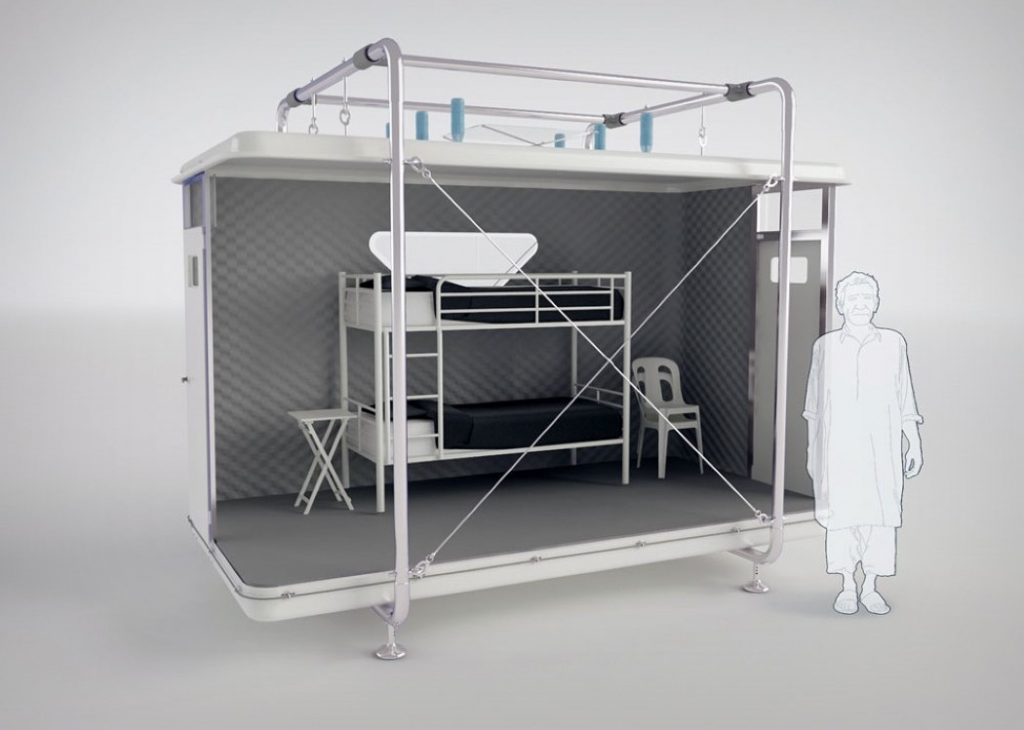
Tentative Post Disaster Shelter by Hakan Gursu
Turkish designer Hakan Gursu’s Tentative Post Disaster Shelter comprises a conveyable shelter for disaster struck areas. When in use, the structure made of pipes, fabric and sheet metal can comfortably accommodate two people, or even a tiny family, which enables people in crisis to stay together.

`
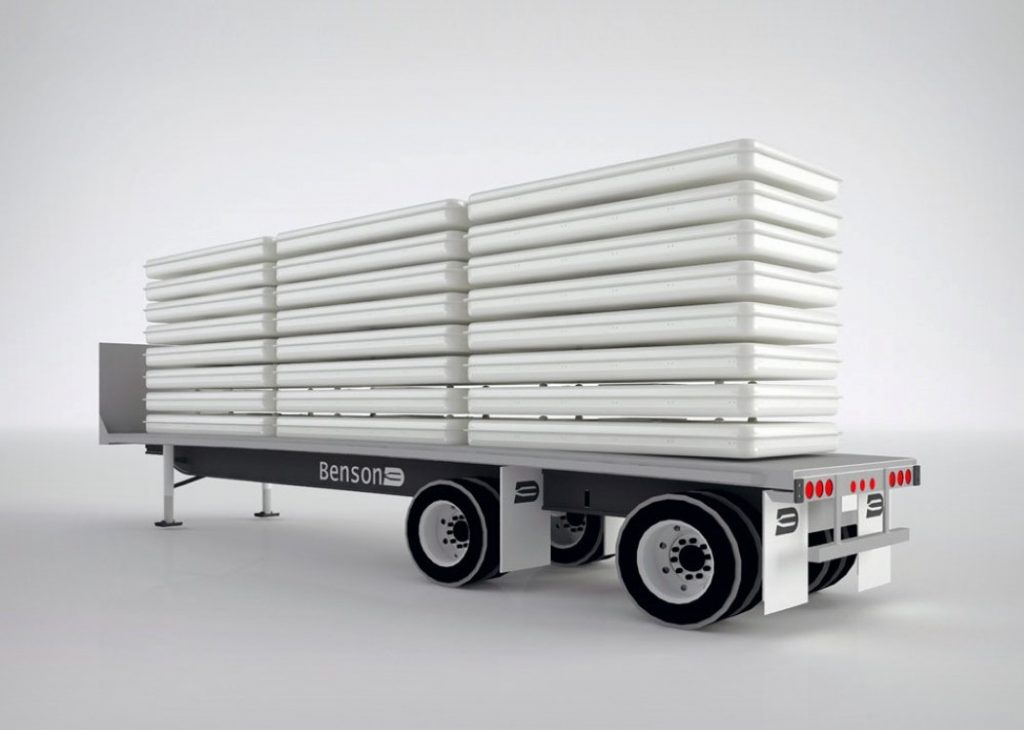
Tentative Post Disaster Shelter by Hakan Gursu
In other times, the unit can be folded down into the size of a large mattress to be transported in bulk by vehicle.
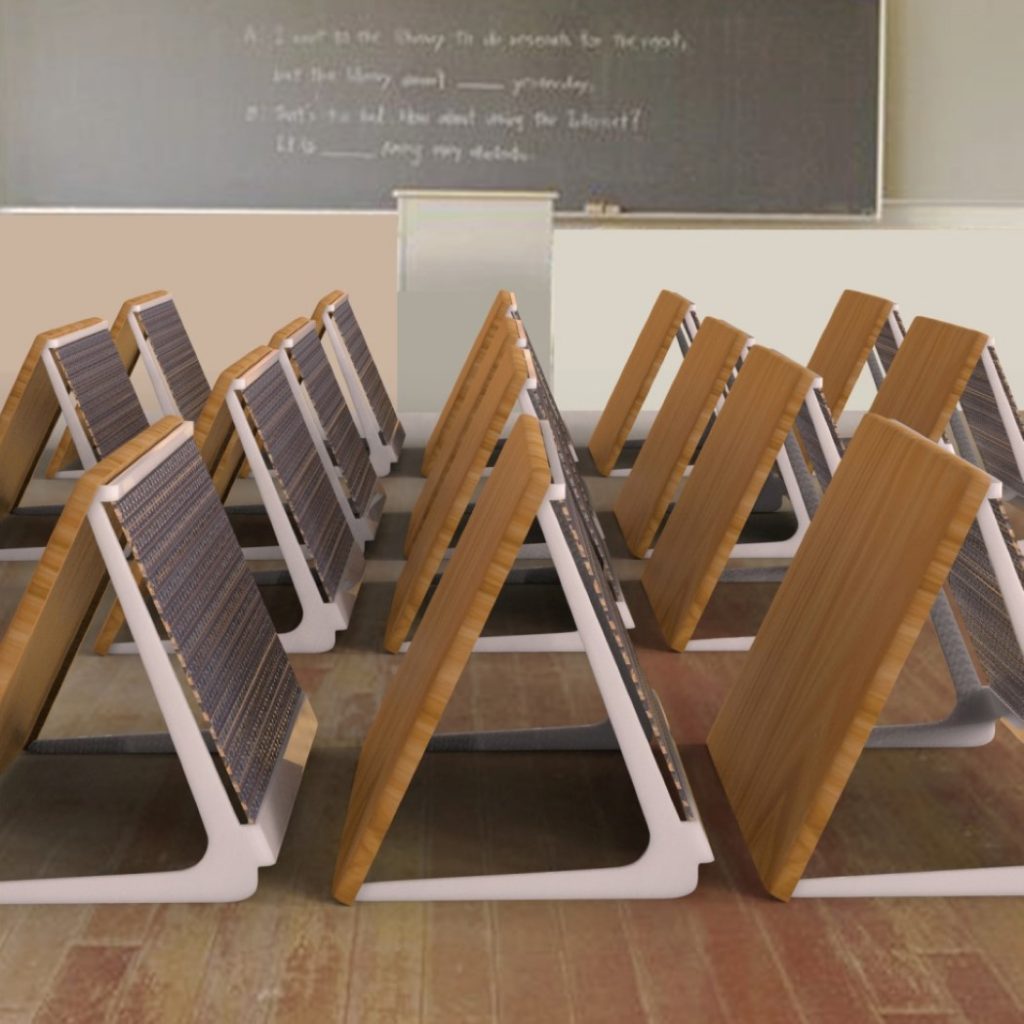
Life Triangle Desk by Rui Sun, Wen Zhang, Guan-Chen Zhang, Er-Xuan Liu & Yu-Chao Li (via yankodesign)
The award-winning Life Triangle Desk by a group of Taiwanese design students Rui Sun, Wen Zhang, Guan-Chen Zhang, Er-Xuan Liu & Yu-Chao Li, looks and functions like a regular writing desk, but don’t be misled – in the event of an earthquake the piece doubles as a secure shelter that can protect schoolchildren from falling debris.
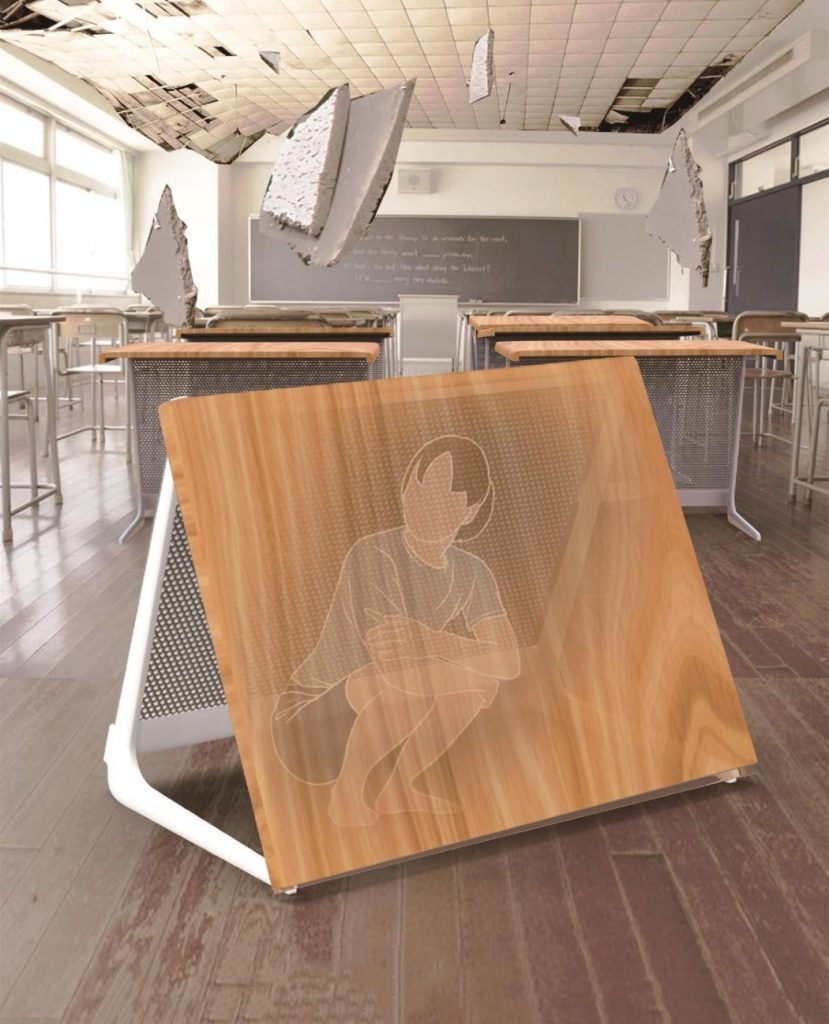
打印
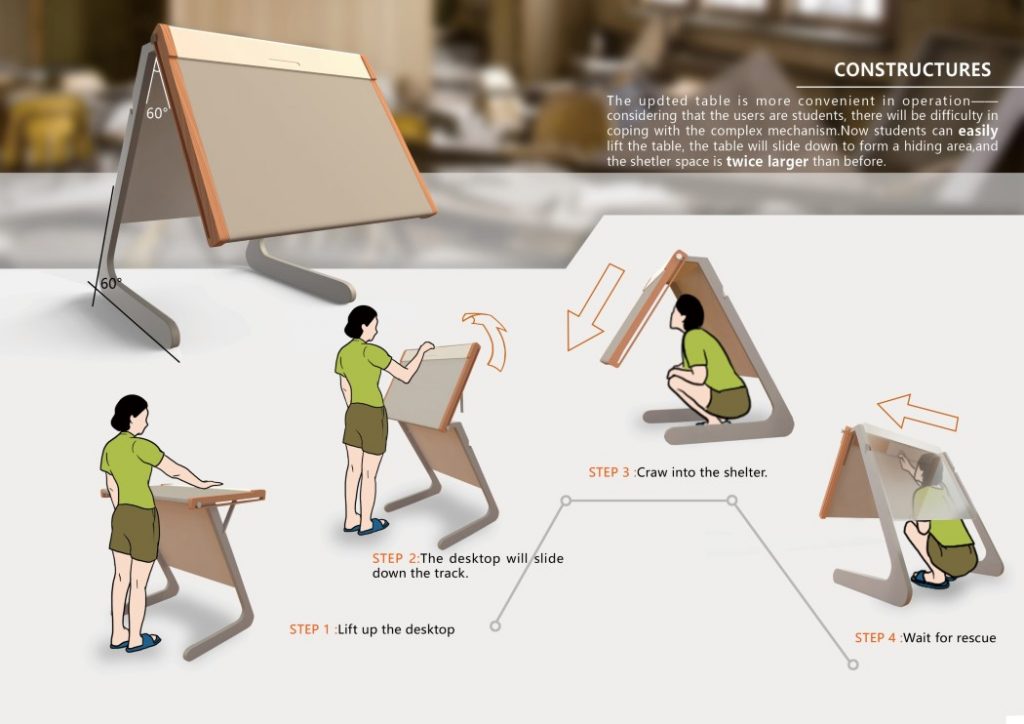
Life Triangle Desk by Rui Sun, Wen Zhang, Guan-Chen Zhang, Er-Xuan Liu & Yu-Chao Li (via yankodesign)
In the event of an emergency, the tabletop can be lifted up to unlock it, which allows the surface to slide down creating a triangular secure space underneath. The triangle has been chosen by the team for this shape is naturally stable and sturdy enough to deflect the debris. The desk will also help rescue teams who will instinctively know to check underneath them for victims and survivors.